Bio-passive housing and sustainable buildings do not have to be a luxury, says architect Jaume Luis Salas, of the prestigious inquer Marés studio. “The island needs continuous and up-to-date planning, which we don’t have at the moment”.
Traditional architecture is “a legacy that teaches us about ancestral wisdom in construction”, says Jaume Luis Salas, the architect, landscape architect and town planner at the head of the Marés architecture studio. Located in Inca, he stands out for works that integrate into the space and pursue sustainable objectives, such as the most recent S’Alzinar, a bio-passive house that generates more energy than it consumes, or the Nacra ecological wine cellar.
“Healthy” housing
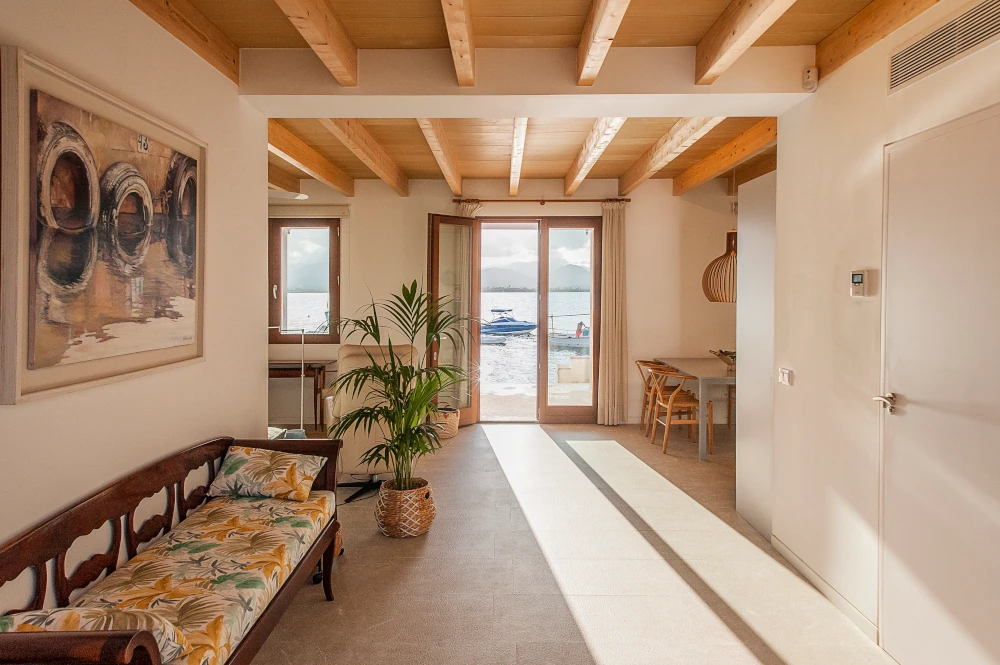
Aixa, a renovated fisherman’s house. Photos: Marès – Curro Viera.
There are many factors that influence the sustainability of a building, but Salas points to “passive systems such as the use of light, natural ventilation and thermal insulation, as well as active systems such as the use of renewable energies and efficient equipment” as key. To this, he adds, “when building on an island, one must consider efficiency in the use of water, through saving and reuse systems, the use of sustainable materials, preferably local, and waste management”.
In the case of biopassive houses, “they follow the same scheme as sustainable buildings, but have a strong emphasis on interior environmental quality, that is, that it is a healthy home”. As the architect assures us, we spend most of our time in closed spaces and “we are not aware of the pollution levels in our homes, which are higher than in the street due to substances such as volatile organic compounds (VOCs) or particulate matter (PM25)”.
Only for the rich?
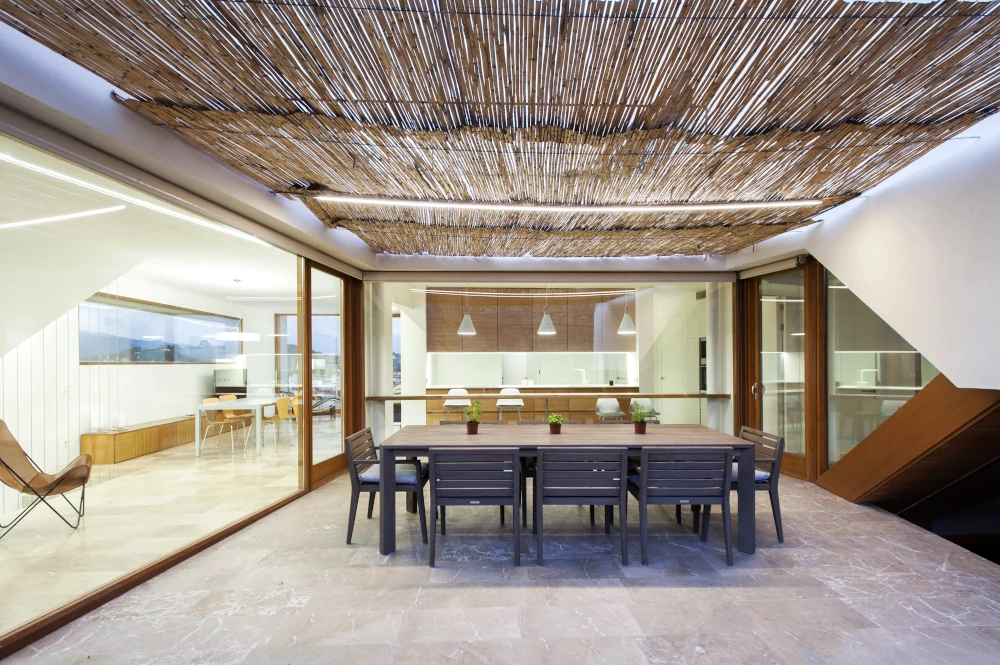
Es Lledoner, an energy-saving bio-passive house in Inca. Photo: Marès – Curro Viera.
But biopassive houses, sustainable buildings… are they only for the rich? “It’s a myth that doesn’t reflect the current reality”, the architect answers. “Sustainability does not have to be a luxury. With a creative and intelligent approach, it is possible to build or refurbish a building in a sustainable way without going over budget”. And he reminds us: “It is not only a question of money, but also of environmental responsibility.
In Mallorca, according to Salas, this trend “is growing at a considerable rate”. Due to the insularity of the island, “which brings with it a more limited territory with a high landscape and environmental value, we must focus on rehabilitation and less land consumption. We have an obsolete urban planning approach and the island needs continuous and up-to-date planning, which we do not have at the moment,” he said.


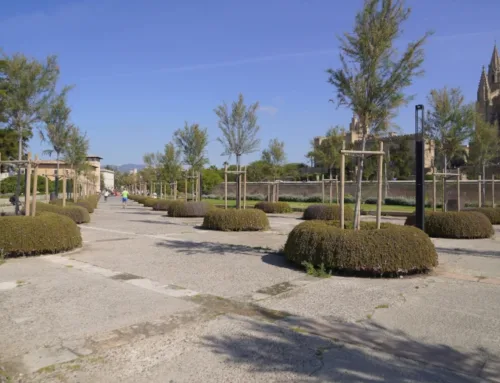

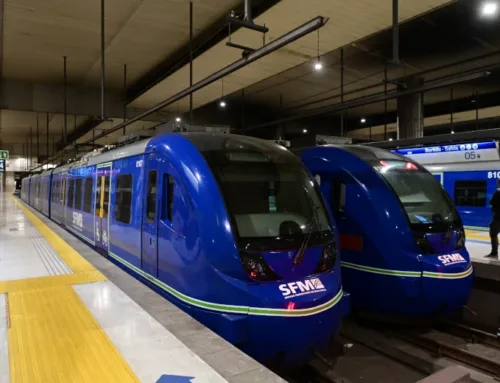

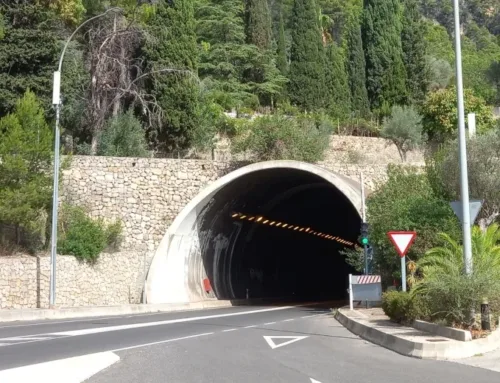

Leave A Comment